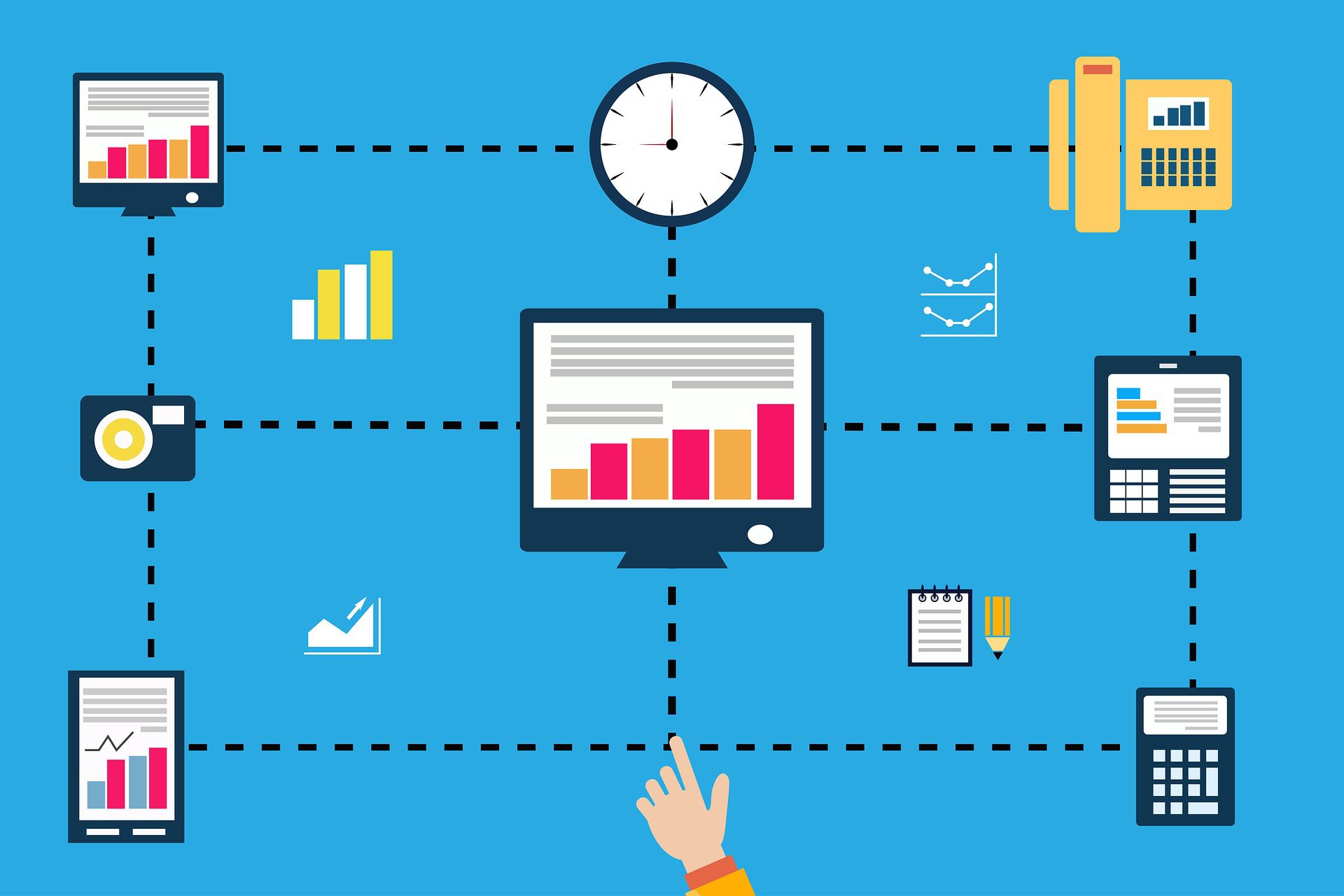Secondary process, or process transaction, is a versatile feature of Epicor’s Prophet 21 distribution ERP system. Strictly speaking, the thought behind this feature is centered around sending parts through additional processing. Examples of this might include sending parts out to a painting or finishing company to have a special coating put on.
How Does P21 Secondary Process Work?
In its simplest form, a process transaction converts one item into another item via one or more process steps. The process steps can occur inside the company, or they can occur outside the company. Outside processes have an accompanying process purchase order. For secondary process to function correctly, you must have a raw material that will be converted into a finished product.
One of the more flexible aspects of P21 secondary process is the ability to move between units of measure without a lot of manual conversions. The feature is designed to allow the user to, for example, convert one hundred pounds of product A into forty each of product B. For distributors that are repackaging goods under different item numbers, or doing raw material conversion for manufacturing, this is usually the simplest way to get it done.
From a financial standpoint, secondary process is a cost neutral transaction. P21 automatically moves the full cost of the raw material into the received finished goods. This is very helpful since it eliminates the need for folks involved in the production process from having to make any kind of costing calculations.
What Can I Use Secondary Process For?
As I mentioned above, secondary process is very versatile. Listed below are some ideas that secondary process can be used for:
- Manufacturing. Process transactions are a good fit for converting a raw material into a finished product, provided there is one raw material becoming one finished product. This can work for a one step or a multiple step process.
- Packaging or Bulk Items. If you sell goods in such way that you buy them as individual items from your vendor, but then sell your customer a bulk amount of anything in that product line (e.g. all stainless steel bolts cost X dollars per pound), you can use secondary process. Simply move the individual items into a bulk part number to make the selling transaction much easier.
- Plating and rework. If you send an item out to a vendor to have it made into something else, secondary process is a good fit.
- Quality Inspection. It is possible to create a Quality Assurance process transaction that is automatically created during a purchase order receipt. This allows you to receive the product, but keep it quarantined out of inventory until quality checks are performed.
- Fixing an Error in a Process Transaction. If you are executing a process transaction and something goes wrong, create another process transaction that reverses the damage. This is much quicker and cleaner than trying to do it with multiple inventory adjustments.
- Reclassing inventory: Sometimes companies end up with the same item under two different part numbers. There is an item merge function in P21 for this that brings over all of the history, inventory, and keeps the old item id as an alternate. However, if all you need to do is quickly move the inventory, then secondary process might be a better fit.
What are Some Problems with P21 Secondary Process?
While secondary process is very powerful, it is not a perfect solution for every situation. It also, as of version 2017.1, does have some limitations and challenges that users need to be aware of to avoid surprises down the road.
- Rounding tends to be a problem. If you are moving from one unit of measure into another, there can be some left over allocated raw material, even after you complete the transaction. It is an easy enough fix, you just cancel the transaction and it clears things up. You will probably need a custom report to look for these transactions. However, once you have it, things get much easier.
- One Raw Material. Secondary process converts one raw material into one finished good. No more, no less. If you need to use multiple raw materials, then production orders might be a better fit for your situation. Using the light manufacturing module of P21, it is further possible to couple a production order with a process transaction.
- Must Change Part Numbers. With the exception of the QA/QC process, all P21 secondary process transactions must result in a change of item id. You cannot (or should not) use the same item code for the raw material and the finished item. Technically P21 will let you do this, but it typically results in costing problems and allocation problems. It is not a good idea to do this
Last thoughts on P21 Secondary Process
The short version is that secondary process is kind of like the P21 magic wand. Used properly, it is a great tool for managing your manufacturing, packing, and certain inventory challenges. The major benefits are that the transaction is flexible, fairly simple, and doesn’t require any costing. The drawbacks are that rounding can be a problem and you can only use a single raw material. Also, you should not try to process an item back into itself.
Hopefully, this post will give you a better idea of how to use the P21 secondary process to your benefit.








